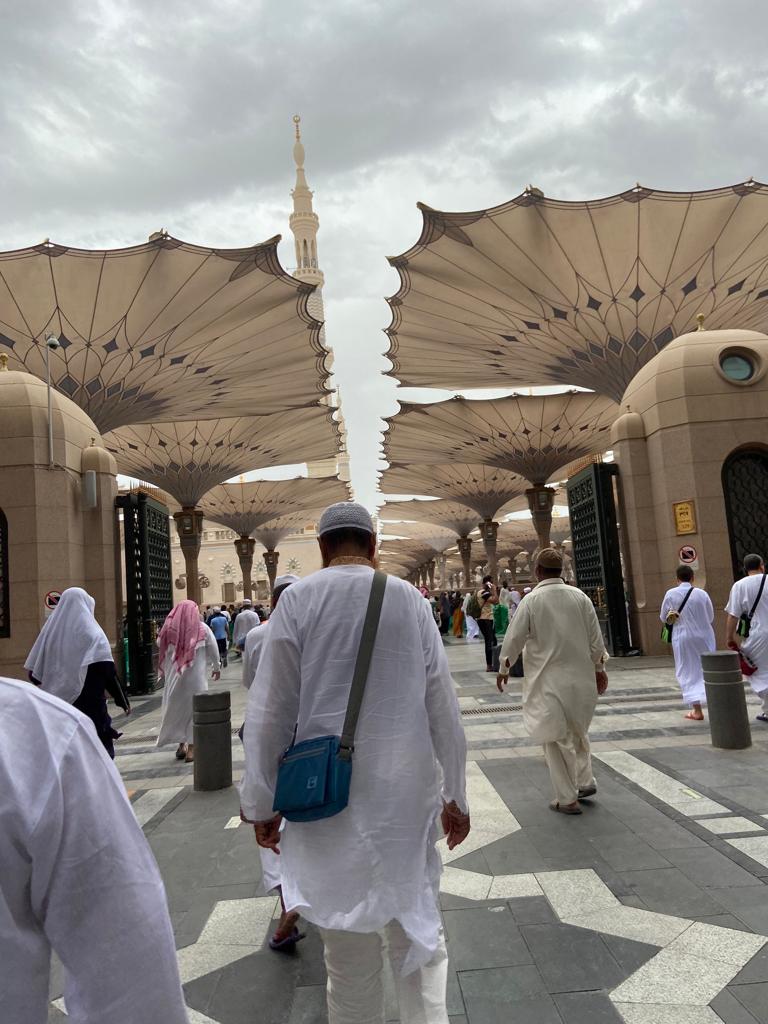The Madina region in Saudi Arabia is renowned for its rich Islamic history, and as part of the development process in the region, Prince Mohammed bin Salman initiated a project to restore and develop four historic mosques in the second stage. The aim of the project is to preserve the ancient splendor and beauty of the mosques, restore them to their original state, and maintain their functional characteristics. The historical mosques in the region are significant due to their close association with the Prophet’s biography and their connection to the Islamic period.
The project includes :
The Haram Mosque is one of the most prominent mosques targeted for development, located less than 1.68 km away from the Prophet’s Mosque. This mosque is where the Prophet, peace be upon him, prayed, and its first construction was made of engraved Basalt Free Stones. The mosque’s restoration aims to make it suitable for the variables that have occurred between ancient and modern historical periods. Before restoration, the mosque’s area was 226.42 square meters, and it increased by 10 square meters after development. The mosque’s capacity stands at 172 worshipers before and after development.
The Al-Adham Mosque, located next to the historic Musa bin Nusair Castle on the road connecting Al-Ula and Al-Hajar, is another mosque included in the project. The mosque dates back to the time of prophecy, as the Prophet, peace be upon him, used bones to determine his qibla on his way to the Tabuk campaign in the ninth year of migration. Its area is 773.34 square meters, and it can accommodate 580 worshipers after restoration.
The third mosque included in the project is the Khayf Al-Hazami Mosque, or the Prince Rizwan Mosque, located in the center of the town of Khayf Al-Hazami in the Al-Sufra Valley, which is part of the Medina region. This mosque was built by the Egyptian Hajj Prince Rizwan Al-Faqari in the mid-eleventh century AH. The mosque will be renovated using techniques that reflect the links between the old building styles in the region and modern architectural methods. Its area will increase from 527.94 square meters to 603.35 square meters, while its capacity will reach 180 worshipers after development.
Overall, the restoration and development project of the historic mosques in the Medina region is a crucial step in preserving the Islamic heritage and culture of Saudi Arabia. By restoring these mosques to their original state and preserving their functional characteristics, they will continue to serve as significant cultural landmarks and sites for Islamic worship
